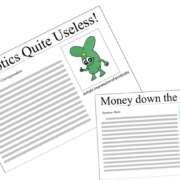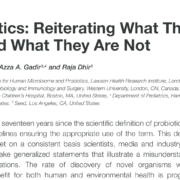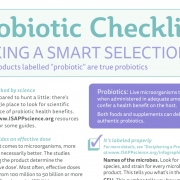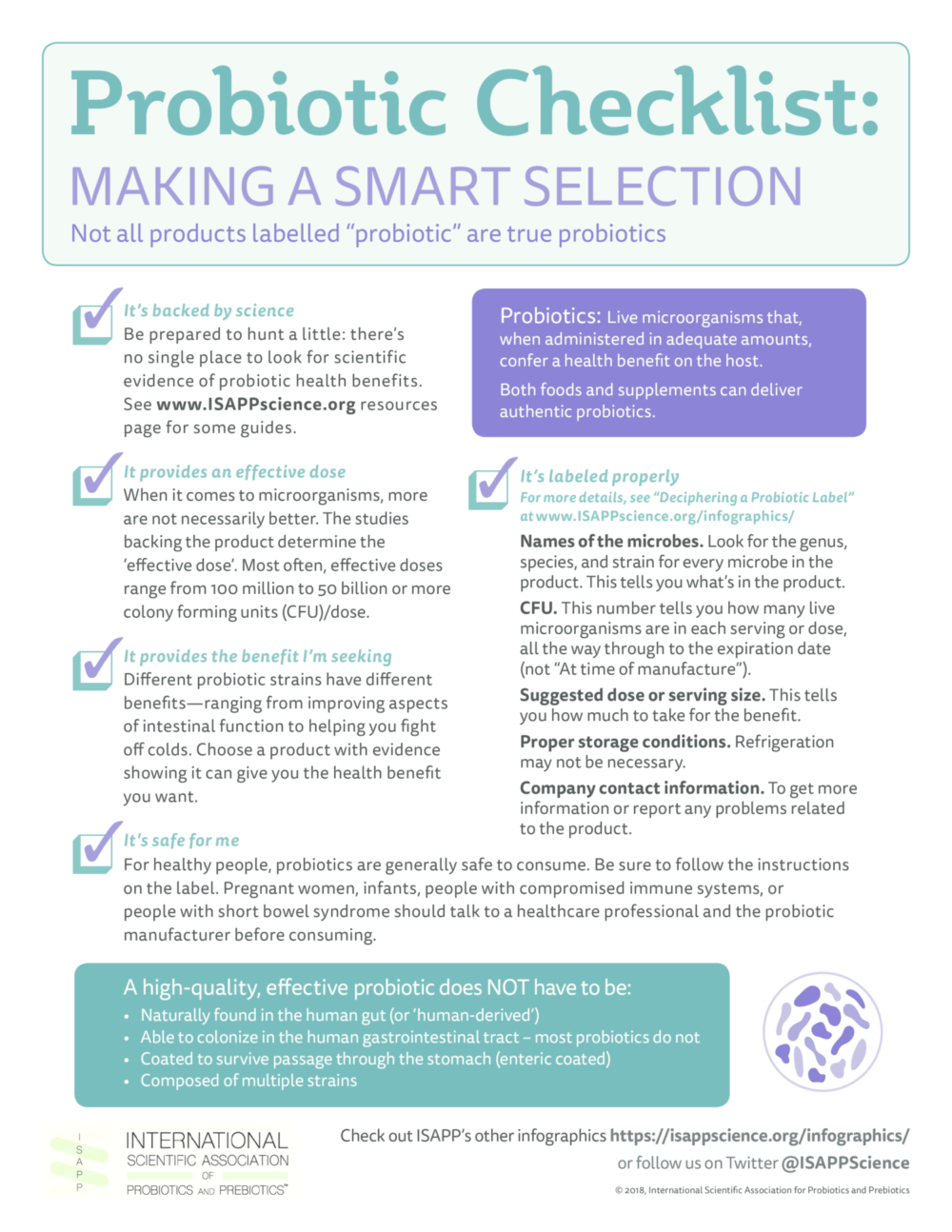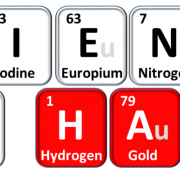Another day, another negative headline about probiotics?
By Prof. Colin Hill, PhD, APC Microbiome Ireland, University College Cork, Ireland
Scientists have a particular job. We try to discover what is unknown and we want to help to create a better understanding of the underlying forces, both physical and biological, that underpin our amazing universe. It is usually a slow and meticulous process. Gathering data usually takes weeks, or months, or years of work and so there is plenty of time to consider the numerous possible interpretations and the limitations and gaps in our understanding. Everything has to be repeated and subjected to statistical analysis. Finally, we publish our findings and our interpretation of that carefully accumulated data. Even this process takes weeks or months (or years) because of discussions with fellow authors and colleagues, numerous drafts of the manuscript, peer review and editorial comment. We are very aware that whatever we have published will almost certainly be repeated, or built upon, and if we are wrong (in either our data or our interpretation) that it will not withstand the test of time. Thus, we are slow and cautious and often qualify our findings with “this suggests” or “this strongly suggests” and we often finish with the unavoidable conclusion that “more research needs to be done”.
Journalists have a particular job. Journalists have to react quickly, perhaps in minutes or hours, to a breaking story or a commission from their editors, on topics with which they may not be familiar, and write short articles or present short pieces to camera that will appeal to the public and have a clear message. Nuance and complexity must often be left for long-form journalism or that as-yet unwritten novel. Being slow and complete and debating all of the possible interpretations is simply not an option. Finishing up with a cautious, equivocal “on the one hand, but also on the other hand” is also not really an option. Very few journalistic pieces end with “more journalism needs to be done”. It may also be difficult to construct a story along the lines of “some good science was well performed and led to careful and understated conclusions, which should really be repeated before we get too excited”.
It is not surprising then that scientists and journalists can sometimes find themselves at loggerheads. “Do probiotics work?” is a very reasonable question that a journalist can ask a scientist. “Well,” responds the scientist, “that depends on what you mean by ‘work’, and which probiotic you are asking about, and for what condition, and quite often strains are called probiotics but they do not fit the definition, and of course, there was that paper published last year which showed ……”. Cue frustration on both sides. Why can’t the scientist just answer the question? And why can’t the journalist understand that just because a question can be simply stated does not mean that it has a simple answer? Ask a doctor “do pills work?” and you might very well get a similarly convoluted answer, but no one would think it evasive. No wonder the scientist sometimes ends up reading the resultant article in frustration – how did the journalist come to that conclusion, where did all my careful explanations go? Of course, most scientists are imagining his or her scientific colleagues reading the article and wondering at the ‘incomplete’ or ‘trivial’ response. While the journalist may well wonder what planet the scientist lives on if he or she thinks that the editor is going to publish a long essay capturing all of the subtlety of the research.
This almost certainly comes across as me implying that scientists are impeccable purveyors of truth and that journalists are willing to sacrifice truth for simplicity, but I truly am not suggesting that. In almost every instance there is no bad faith involved from either party, it is simply the consequence of the different demands placed on two very different and very valuable roles in society.
So, these things will happen. We will see newspaper articles and online pieces (or editorial comments in journals) that do not contain all the nuance and complexity of the complex paper which it is based. We will see press articles that draw simple and reader-friendly conclusions. “Probiotics quite useless”, “Are probiotics money down the toilet? Or worse?”, etc. So, how should we respond? Do we write erudite articles pointing out the limitations of the commentator, coming across perhaps as arrogant or supercilious? [And yes, of course I use the words erudite and supercilious because it makes me feel better than you.] Do we send angry missives complaining about the article, and perhaps risk drawing further attention to it?
If you are asked by a journalist to comment on a paper, or if your local/national paper or favourite website has published an article that you think is unfair, perhaps the way to respond is to have a few simple questions of your own which can be put to journalists and/or readers. Perhaps we can use a checklist such as the following:
- Is the article describing an original piece of research and was it published in a reputable, peer-reviewed journal?
- What evidence is there that the strain or strain mix in question is actually a probiotic? Does it fit the very clear probiotic definition?
- Was the study a registered human trial? How many subjects were involved? Was it blinded and conducted to a high standard?
- What evidence was presented of the dose administered and was the strain still viable at the time of administration.
- Were the end points of the study clear and measurable? Are they biologically or clinically significant to the subjects?
- Did the authors actually use the words contained in the headline? “Useless”, or “waste of money”, etc?
Once these relatively simple questions are answered, then we can move on to the details and the complexities, but that is not where we should start. Of course, if a study is well performed and reaches a negative conclusion we should absolutely acknowledge that. But we can still point out that one strain or strain mix not working under one set of conditions is only evidence of the fact that one particular strain or strain mix does not work under one particular set of conditions. It does not warrant a blanket condemnation or criticism of all probiotics. Maybe ask the journalist to think about the obvious flaws in the headline ‘Headache pill does not cure cancer, all pills obviously a waste of money!”, and ask why the same standards should not be applied to probiotics?
Scientists and journalists have different roles in society, that is clear, but we can assume a priori that both have clear motives and do not want to mislead readers. Let’s start from there and make it easier for both sides to work together to make the public aware of the very real potential, and very real limitations, of probiotics and prebiotics in preserving health in a society in dire need of practical solutions.

